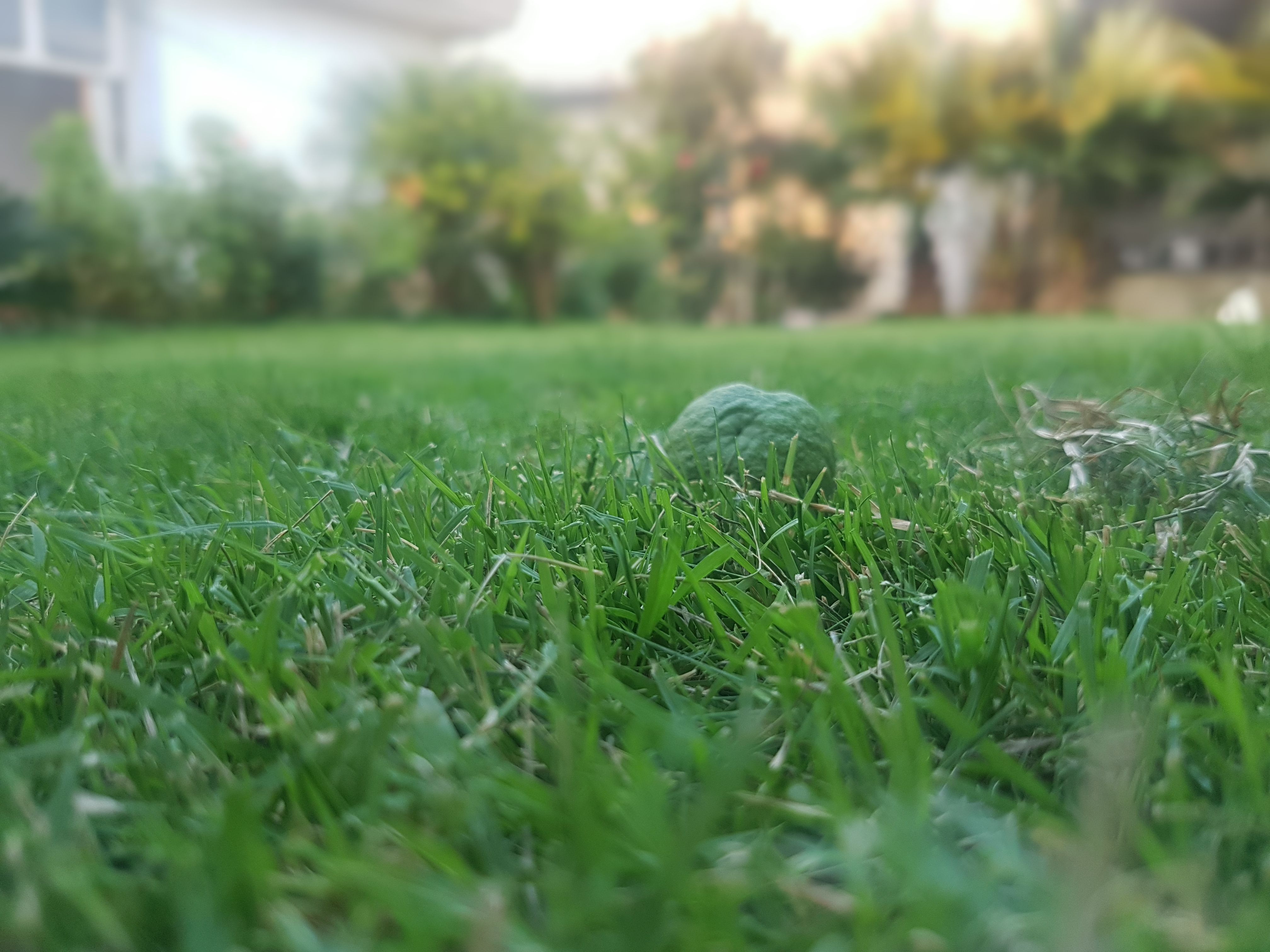Lush Green Grass

Growing a green lawn is a labor of love and, while it takes time, it's worth the effort. Test your soil so you’ll know exactly how to fertilize your lawn. Unless you’re starting from scratch, skip the spring feeding and fertilize in the fall instead. Water freshly seeded patches daily, but water established grass deeply and infrequently to encourage strong roots. Dull mower blades often cause brown, ragged grass, so keep them nice and sharp. Since clippings provide nutrients and help retain moisture, leave them after mowing your lawn
Expert Reviewed
How to Get Green Grass
Growing a green lawn is a labor of love and, while it takes time, it's worth the effort. Test your soil so you’ll know exactly how to fertilize your lawn. Unless you’re starting from scratch, skip the spring feeding and fertilize in the fall instead. Water freshly seeded patches daily, but water established grass deeply and infrequently to encourage strong roots. Dull mower blades often cause brown, ragged grass, so keep them nice and sharp. Since clippings provide nutrients and help retain moisture, leave them after mowing your lawn.
Method One of Four:
Feeding Your Lawn
1
Test your soil’s nutrient and pH levels every 2 years. Soil testing will let you know exactly what amendments to make in order to get a greener lawn. Home test kits are usually only reliable for pH levels, so order a lab test kit, collect samples, and send them in for testing.
2
Get a slow-release fertilizer that suits your soil’s needs. Your soil test will let you know if specific nutrient levels are low, medium, optimum, or high. Take the results to a gardening center or home improvement store in the fall or before the growing season. Ask them to recommend a fertilizer with a nutrient ratio that fits your needs.
3 Go for slow-release fertilizer, so your lawn can absorb it over a longer period of time.
Aerate your lawn before fertilizing it. An aerating tool makes small holes in the surface of your lawn, allowing water, nutrients and air to penetrate deeper into the soil. Aerate your lawn in the spring and fall, and be sure to aerate just before you fertilize
4 Fertilize your lawn in the late spring and fall. Contrary to popular belief, the best time to fertilize your lawn is in the fall, especially if you have established grass. During the fall, grass soaks up nutrients to store
Spread fertilizer evenly over your lawn according to your product’s instructions. Avoid overfertilizing, which could kill your grass